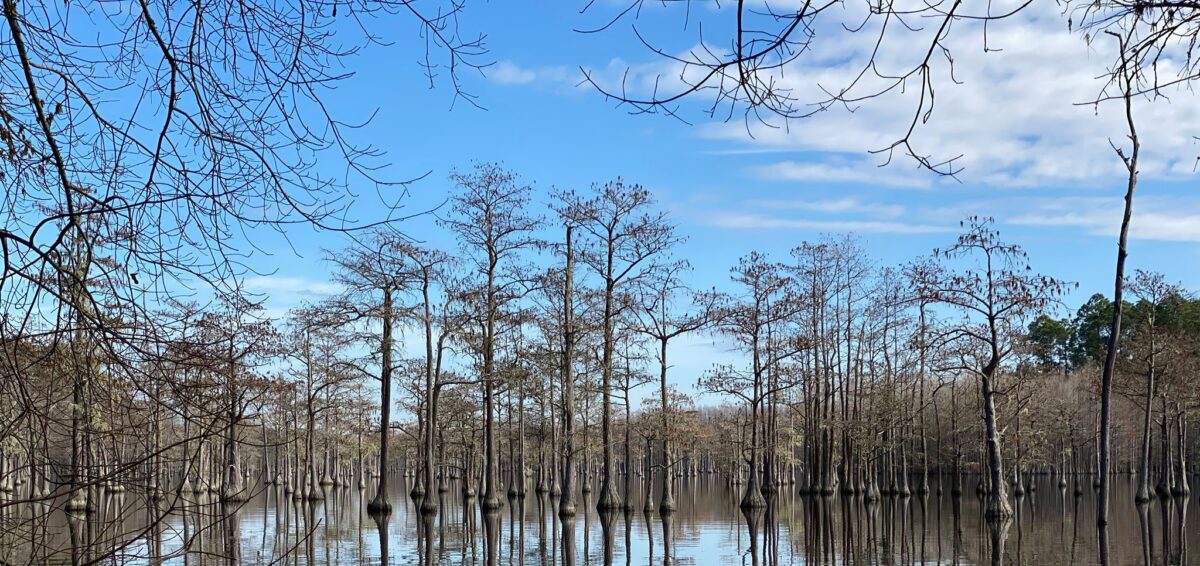Washington County Regional Medical Center (WCRMC) has steep financial challenges. That doesn’t make the rural hospital in Middle Georgia unique.
The solution proposed by recently appointed Hospital Authority members led by Chair Jim Croome, and, the Washington County Board of Commissioners (WCBOC), is to ask the county to approve a $ 15.4Million dollar bond.
The debt that citizens can choose to take on in a May referendum will fund $9M for infrastructure, IT, and computers at WCRMC. Property owners will have to decide if their personal budgets can stretch to take on more in property taxes to also give the hospital $6.4M to pay down debt, address pension plans, and general operations.
Last year the Washington County Tax Commissioner included a neon green insert with 2015 property tax bills stating that one mil of their taxes was being used for the hospital.
Last year county leaders could have chosen a course of action that might have made last week’s 2.5+ hours county commission meeting a lot shorter.
In late April 2015, county and hospital leaders had an option to improve operations and secure $5Million in capital improvements through an offer from University Hospital in Augusta. A management agreement already in effect between the two hospitals had already secured a $1Million line of credit for WCRMC.
University’s offer included a 20 year lease with an option for Washington County to sell the hospital if it decided that was the best course of action (University held first right of refusal. After that Washington County could pursue another buyer: page 3, University_proposal_to_WCRMC_April_29_2015). University guaranteed 24/7 Emergency Department operations, surgical and inpatient nursing services, and diagnostic and imaging services.
The lease proposal also stated that University, “will not seek any support from Washington County for the operation of WCRMC” during the first five years of the lease agreement (page 3, University Hospital offer to WCRMC April 2015).
University has already proven it can right-size a small hospital; just ask McDuffie County residents and patients at University McDuffie County Hospital.
Instead of saying “No thanks” to the offer, the Washington County Commissioners took a different tack, one that broke the management agreement with University and a retraction of their April offer.
County Attorney Tom_Rawlings hand-delivered letters on June 8th to local doctors inviting them to a private meeting with Navicent Health representatives from Macon to “structure a partnership with a larger hospital system.’ The meeting wasn’t planned for county offices or Rawlings’ office , both located on the high visibility Courthouse Square.
Instead, the June 8th meeting to discuss a possible relationship with Navicent was planned at Daniels Heating, Air, and Electrical just north of Sandersville, where cars travel pass at 55 MPH. The Chair of the Washington County Board of Commissioners is Horace Daniels.
While Navicent Health was planning a meeting with Washington County leaders and physicians, their 11 month old management arrangement with neighboring Oconee Regional Medical Center was spiraling towards a fatal crash.
The meeting Rawlings convened where the WCBOC Chair works violated the Management Agreement between University and WCRMC according to a letter dated June 12 from University’s CEO Jim Davis.
Davis closed his letter with, “We wish you and the Commissioners the best of luck in preserving a hospital in Washington County.”
Washington County leaders signed an agreement with University that secured a $1Million line of credit for our hospital. The organization that right-sized McDuffie County’s hospital proposed a 20 year lease agreement with $5Million of improvements to our struggling hospital. It did not include a request for $15.4Million in bond debt funded by Washington County property owners. It did include a restriction on future requests for taxpayer dollars.
Washington County needs a good hospital. Voters should have an opportunity to read the documents that brought us to a $15.4Million bond referendum in May. As I work through more documents I’ll post them here.















